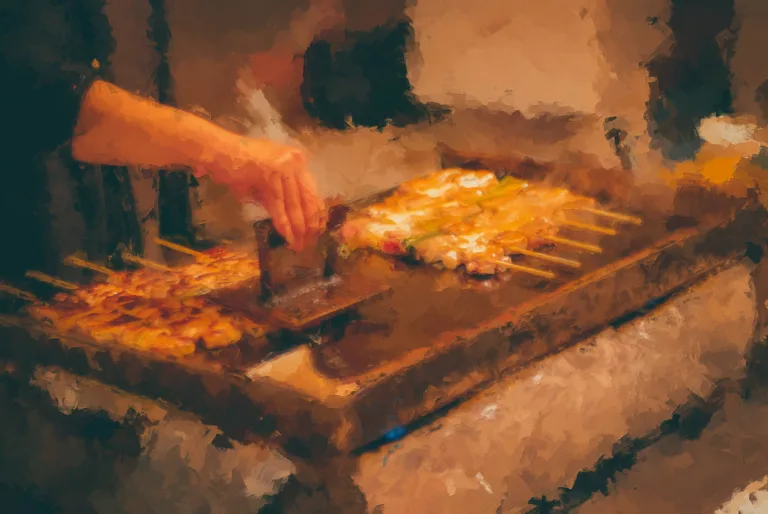Ten reasons to travel
A guide on making the most of your Japan trip
The reasons to travel are endless. Your reasons are unique and can help define what you get out of Japan.
Why do we travel? It’s a simple question with a complicated range of answers. There are many different reasons to travel; perhaps you’re tired after a long winter work deadline and need a rest to unwind. It could be a chance to break the regular routine. Maybe you want to learn about a different culture and meet the local people. It may come from the inspiration of others; travel writers or friends. With Japan, it might be the food or the sights, or the unique features; capsule hotels and bullet trains.
Whatever drives you on an emotional level to take the plunge, giving some deeper consideration to the purpose of your trip will improve your ability to plan for it, and ultimately provide a much more valuable and enjoyable experience with your time in Japan, or anywhere you travel to. In this ongoing series, we will cover some of the less obvious factors worth consideration.

#1 Personal experience (self-actualization)
To get you started, here’s an obvious idea, but approached from a different angle. As pretentious as the buzz-word self-actualization sounds, there is extensive science to back-up the notion that we are happier when we feel we are pro-actively developing ourselves, and this is true for travel as well.
For example, Maslow’s Hierarchy of Needs describes self-actualization as the fulfillment of potential, through education or skill development, including creative activities. This can mean that, in the context of travel, having fun on holiday can lead to a longer lasting sense of satisfaction beyond the duration of the trip, given the right framework.
With this in mind, a simple, short exercise in orientating the focus of your trip can help more clearly define the purpose, content and overall outcome of your holiday for the better. This trick can work for any holiday, but let’s start with your next trip to Japan.
Two key criteria
Try listing five to ten things that you’d like to try while on your ideal trip. These can be as easy or hard as you like, it’s your trip after all. Then, on reviewing your list, check if it meets the following two basic criteria;
(1) Do half of the items in your list include something you’ve never tried before?
(2) Would at least three things on your list surprise or impress friends and family back home?
Sound intimidating? Don’t worry. The aim is not make yourself uncomfortable or put excess pressure on your excursion. If you’re an introvert, it doesn’t mean you have to speak in a public forum; if you’re squeamish about seafood, you don’t have to try octopus. It’s not a checklist of things you must do on your holiday, piling pressure on to what is meant to be an enjoyable investment of time and savings. Conversely, this exercise is simply to clarify what would make a more fulfilling, and therefore more successful trip. Think of this as a few goals it might be nice to include. Later we’ll talk about ᴡays to use these goals in more detail too.
The good news is that Japan experiences have the two criteria above potentially baked into pretty much any conceivable itinerary with very little effort. Below, we provide a list of ten solid examples to get you started, that we always try to naturally include in our itineraries. For those booking a trip with us, we provide an extensive list of more focused ideas, and after you book, we provide further guidance on refinement and personalization to get the most out of your individual aims.

10 reasons to visit Japan we think everyone should try to include
1. Visit an onsen bath (public or private) – we can offer many great suggestions
2. Ride a bullet train and any other form of public transport
3. Learn three Japanese phrases and start a conversation with a local
4. Try three new foods and three new drinks (preferably at a local festival, izakaya pub or yatai food stall)
5. Visit one of the smaller islands, with a beach where appropriate – please inquire for suggestions
6. Take a local experience, such as cooking, or a regional craftwork – again, please inquire for suggestions
7. Visit a tabehodai (all-you-can-eat) or nomihodai (all-you-can-drink) and gorge on all the new experiences
8. Stay at a Japanese-style inn (bonus points for trying three or more different styles) – we’ll talk about the types of inns further in our documentation
9. Take a couple of hours to get deliberately lost in a city center
10. Go for a night walk (with one of our maps, or again just getting lost)
Please inquire here to book with us for further, more personalized suggestions.
Maslow’s Hierarchy of Needs can be viewed in full here.
Hibi Travel was born from a love of local Japan.
We are a small, family-run team, with the aim of connecting visitors with remote communities on immersive, engaging adventures throughout Japan.

